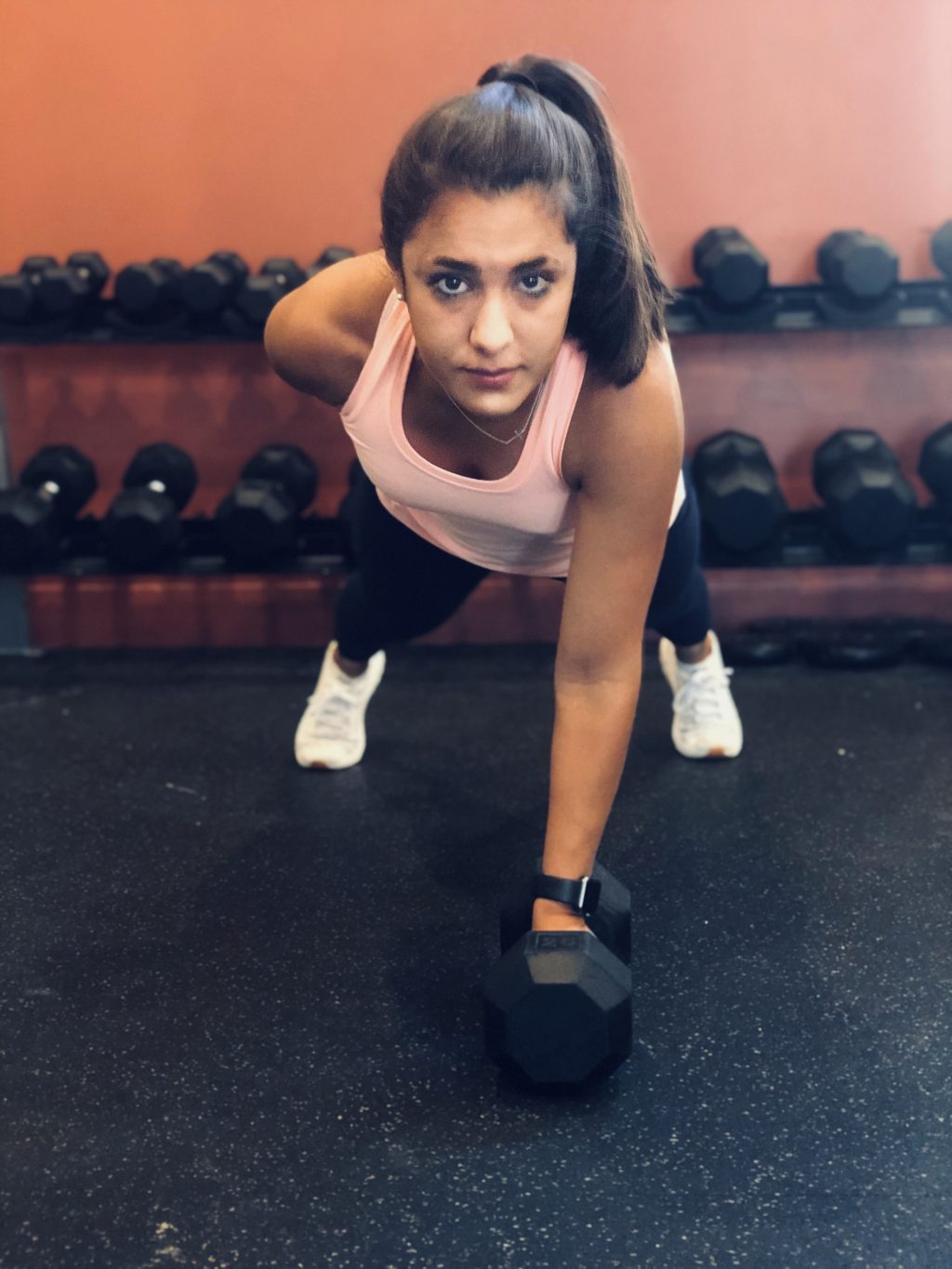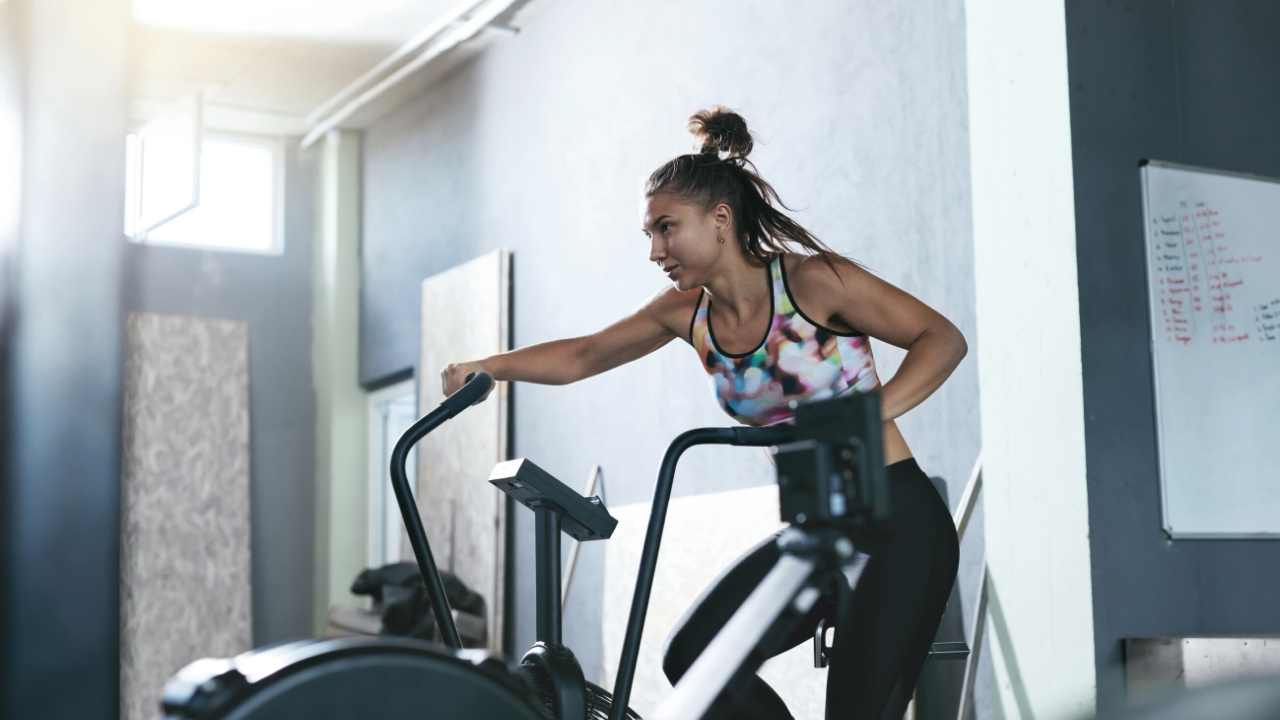
A workout that incorporates all 11 major muscle group is considered a good bodybuilding routine. This will allow you to focus on specific areas of your body, and then work on building them in balance. These exercises can be used for any muscle group and results will be visible quickly. There are many methods to achieve the best results in a short time. Below are some great workouts for every muscle group. Make sure you lift the weight you are comfortable lifting.
Group major muscle groups together when creating a workout program. For example: If your chest muscles are under attack, you should train them twice a week. This allows you to get the best results from a workout for every muscle. It is important to ensure that every muscle receives the stimulation and rest it needs. You should, for example, train your chest muscles twice a week if you do not train them on alternate days. This will provide twice the benefit.

Even the most skilled exercisers may be unable to endure a nonstop workout. These include training strategies such as 21s, drop sets, and other concepts. The goal of these workouts is to build your stamina while performing the same exercise multiple times. It is important to remember to allow 30 seconds between sets. Nonstop training will help you strengthen your muscles quicker than any one muscle group. This type of training program is tough on your endurance. This program is an excellent way to gain lean muscle mass, without breaking the bank.
You can also do exercises for your major muscle groups. Use different weights and techniques to work each group. You will have a balanced body. You will see the best results regardless of whether you are working your stomach muscles or your leg muscles. You will be amazed at how much one workout can make. The key to finding a solid workout plan is knowing your muscle targets. Here's a comprehensive list with the best exercises to do for each muscle.
A great way to strengthen every muscle is the back. This muscle group includes the triceps and biceps. The biceps Brachii is the largest. The back extending muscle keeps the spine strong and extends. The primary back extending muscle are the multifidus, and erector spunae. They help us lift our arms as well as our legs.

Workouts that work for all muscle groups will be most effective. For example, a biceps crunch will increase the strength of the biceps behind the upper arm. All muscles of the back are the brachialis and brachioradialis. These are located under the biceps. Some exercises may work for all these groups.
FAQ
What is the problem with BMI?
BMI stands to Body Mass Index. It is a measurement of body weight based on height. The following formula is used to calculate BMI:
The weight of a kilogram divided by its squared height in meters.
The result can be expressed as a number between zero and 25. A score greater than 18.5 is considered overweight. A score greater than 23 is considered obese.
A person who is 100kg and 1.75m tall will have a BMI 22.
Are there 5 ways to have a healthy lifestyle?
Healthy living means eating right, exercising regularly and getting enough sleep. It also involves managing stress and having fun. Healthy eating means avoiding sugary and processed foods. Exercise is good for your body and muscles. Sleeping enough is good for memory and concentration. Stress management can reduce anxiety and depression. Fun keeps us happy and healthy.
Get immune enhancement with herbs and supplements
You can boost your immune function with herbs and natural remedies. There are many natural remedies that can boost immunity, including echinacea (oregano), ginger, ginkgo biloba and vitamin C.
These herbal remedies should not be used in place of conventional medical treatment. These herbal remedies can cause nausea, vomiting, stomach cramps or dizziness.
How much should my body weight be for my height? BMI calculator and chart
The best way to determine how much weight you need to lose is to use a body mass index (BMI) calculator. Healthy BMI ranges between 18.5 to 24.9. Weight loss is possible if you aim to lose approximately 10 pounds per week. Enter your height and weight to calculate your BMI.
To see if you're overweight or obese, check out this BMI chart.
What is the difference between calories and kilocalories in food?
Calories are units that measure how much food has energy. Calories are the unit of measurement. One calorie is equal to one degree Celsius in energy.
Kilocalories are another way to describe calories. Kilocalories measure in thousandths a calorie. 1000 calories, for example, equals one kilocalorie.
What is the difference between a virus and a bacterium?
A virus is an organism microscopic that can't reproduce outside its host cells. A bacterium (or single-celled organism) reproduces by splitting itself into two. Viruses have a very small size (about 20 nanometers), while bacteria is larger (up to one micron).
Viruses can be spread by contact with bodily fluids containing infected substances, such as saliva, urine and semen. Bacteria are usually spread through direct contact with contaminated objects or surfaces.
Viral infections can also be introduced to our bodies by a variety of cuts, scrapes or bites. They may also get into the body through the nose and mouth, eyes, ears or rectum.
Bacteria may enter our bodies through cuts and scrapes on our skin, burns, insect bites, and other wounds. They can also be introduced to our bodies by food, water and soil.
Both bacteria as well as viruses can cause illness. Viruses cannot multiply in their host cells. They can only infect living cells and cause illness.
Bacteria can spread within the host and cause illness. They can infiltrate other parts of the body. They can even invade other parts of the body, which is why antibiotics are necessary to eradicate them.
Statistics
- nutrients.[17]X Research sourceWhole grains to try include: 100% whole wheat pasta and bread, brown rice, whole grain oats, farro, millet, quinoa, and barley. (wikihow.com)
- WHO recommends consuming less than 5% of total energy intake for additional health benefits. (who.int)
- WHO recommends reducing saturated fats to less than 10% of total energy intake; reducing trans-fats to less than 1% of total energy intake; and replacing both saturated fats and trans-fats to unsaturated fats. (who.int)
- This article received 11 testimonials and 86% of readers who voted found it helpful, earning it our reader-approved status. (wikihow.com)
External Links
How To
27 Steps to a healthy life when your family eats only junk food
Cooking at home is the most popular way to eat healthier. It can be difficult to cook healthy meals at home. This article will help you make healthier choices while dining out.
-
Look for restaurants that offer healthy choices.
-
Before ordering meat dishes, order salads and other vegetables.
-
Ask for sauces made without sugar.
-
Avoid fried foods.
-
Request grilled meats instead of fried ones.
-
You shouldn't order dessert unless it is absolutely necessary.
-
It is important to have something more after dinner.
-
You should eat slowly and chew well.
-
Take plenty of water with your meals.
-
Don't skip breakfast and lunch.
-
Have fruit and veggies with every meal.
-
Use milk, not soda.
-
Try to stay away from sugary drinks.
-
Limit salt in your diet
-
Limit the amount of time you eat at fast food restaurants.
-
Ask someone to come along if you are unable to resist temptation.
-
Your children shouldn't watch too much television.
-
Keep the television off during meals.
-
Drink no energy drinks
-
Take frequent breaks from your job.
-
Get up at a reasonable hour and do some exercise.
-
Exercise everyday.
-
Start small and then build up slowly.
-
Realistic goals are important.
-
Be patient.
-
Exercise even if it's not your favorite thing to do.
-
Positive thinking is key.